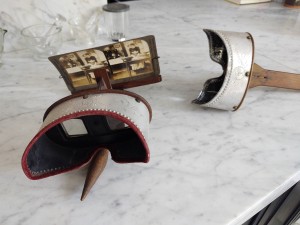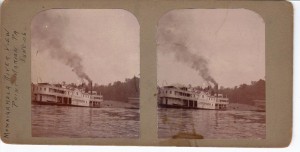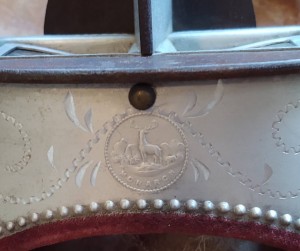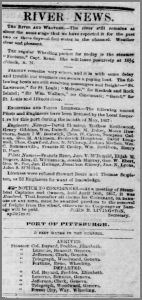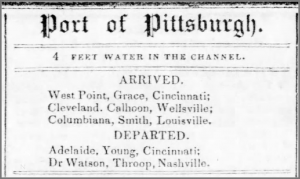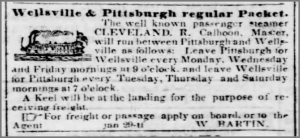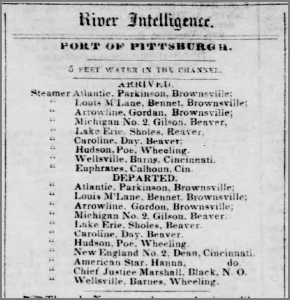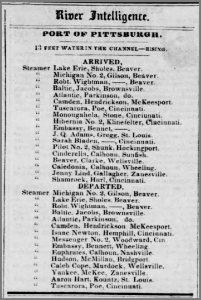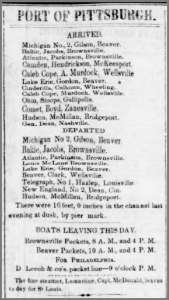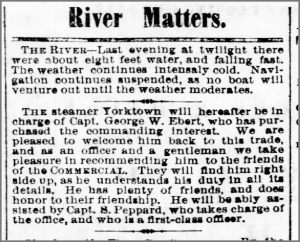Stereoscopes were used for entertainment form the 1850-1900. Similar to a slide projector, a stereoscope had two lenses and a view box which one person could use. (What’s a slide projector? A discussion for another time). The stereoscope had a handle and sliding bar which held cards much like real photograph postcards (RPPCs). The cards had two images of the same scene or topic and when placed in the device gave the viewer a new life-like image. Almost three dimensional.
The stereoscope technology was introduced to the public in 1851 at the Great Exposition in Philadelphia. [1] Hundreds of patents were issued in the following years. Thousands of instruments were sold in many designs. They were quite popular with people of all ages. On Sunday afternoons and winter evening families would pass time and share the stereoscope with each other viewing cards on a multitude of subjects.
Both devices in hand were manufactured by Keystone View Co in Meadville, PA . The model is the Monarch with a patent date of 12 Apr 1904.
The slides were produced by several manufactures including the Keystone View Co. Th images, to name a few, includes locations like the Capital in Washington, Mount Vernon, the Liberty Bell, graphic WW I trenches, a few Parisian style, and homelife. The maiden in the kitchen slide features the identical set with a different person. One set has thirteen images of the Sear &Roebuck Co in Chicago.
As always there is so much more to this story and every story. Stereoscopes and their sets of cards are collectibles. A fun idea would be to pass them down for the next generation to enjoy.
References.
[1] Whisker, Vaugh E, Tales from the Allegheny Foothills, Vol VI
Copyright © 2020 Francis W Nash
All Rights Reserved
No part of this website may be reproduced without permission in writing from the author.
